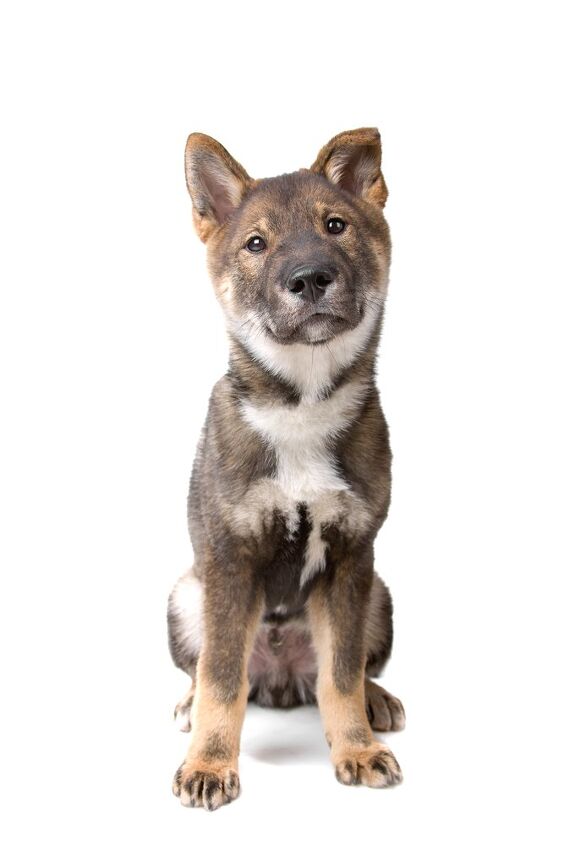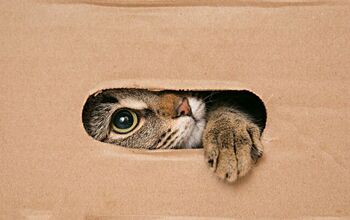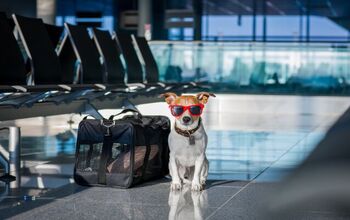Shikoku


About Shikoku
The Shikoku has a wild look about him, having a wolf-like coloration complete with pointed ears and a tapered snout. This breed hails from Japan where it is a primitive breed similar to the Shiba Inu. The Shikoku has been named a natural monument of Japan where it is the ideal companion for active outdoor enthusiasts. If you’re looking for an intelligent and active breed that likes the cold, this breed might be a good fit. Good luck finding one!
An ancient Japanese breed, the Shikoku is one of six breeds native to China. In between the smaller Shiba Inu and the larger Akita Inu in size, these dogs were originally used for hunting boar in the mountainous regions of the Kochi Prefecture. Also known as the Kochi-ken, there were once three varieties of this breed – Awa, Hongawa, and Hata. All three were named for the area in which they were bred and all were tough, agile, and intelligent dogs.
Though the exact origins of the breed are unknown, it is known that that Shikoku was developed by Matagi hunters. First known as the Tosa Ken, he was later renamed to prevent confusion with the Tosa Fighting Dog. Efforts to protect the breed began in the 1920s and the breed was declared a natural monument in 1937. The breed is not yet recognized by the AKC but is part of the Foundation Stock Service and has been recognized by the FCI and UKC.
The Shikoku is one of six native Japanese breeds and an ancient breed at that. The exact origins of this breed are unknown, but it is thought to have been developed for hunting boar in the Kochi Prefecture.
As a medium-sized breed, the Shikoku would do well on a high-quality adult dog food diet. They need plenty of protein to maintain lean muscle mass with healthy fats for energy. Because these dogs are very active, they may do better on an active or working breed formula. These recipes have higher fat levels to increase the calorie content and therefore the energy.
The Shikoku is very intelligent and can respond well to training when there is a firm and consistent authority figure. Training should be started at a young age and early socialization is equally important. These dogs learn very quickly, and they are generally not as stubborn or independent as other Japanese breeds, though they do get bored easily. Keep your training sessions short and fun to ensure that your Shikoku stays engaged.
The Shikoku is a medium-sized breed, standing 17 to 22 inches tall and weighing between 35 and 55 pounds at maturity.
The Shikoku is a very intelligent breed that bonds closely with family. Socialization is important because he can be somewhat aloof around strangers and may be suspicious of unfamiliar dogs. These dogs do get along well with children if they are raised together and the children treat the dog with respect. Keep in mind that, as a hunting breed, the Shikoku has a high prey drive and should be supervised around pets. This breed needs plenty of human interaction and mental stimulation to keep him from getting bored and developing problem behaviors.
As an ancient breed the Shikoku is very healthy with no known inherited health problems specific to the breed. Even so, these dogs may be prone to certain health problems including elbow dysphasia, hip dysplasia, patellar luxation, epilepsy, and allergies.
The average lifespan for the Shikoku is 12 to 15 years.
As an active hunting breed, the Shikoku has very high needs for exercise. These dogs require at least an hour of exercise per day as well as mental stimulation to prevent boredom. They will also appreciate having an outdoor fenced area in which to run and play.
The Shikoku is not currently recognized by the AKC but is a member of the Foundation Stock Service. He has been recognized by the FCI as an Asian breed and the UKC as a Northern Breed.
As a dog of the spitz-type, the Shikoku has the typical double coat. The topcoat is straight and harsh to the touch with a softer, dense undercoat. The top coat is longer on the chest and neck with some feathering on the back of the legs. The primary color for this breed is black or red, typically with variations in sesame and tan. These dogs have black noses and brown eyes.
The average litter size for the Shikoku breed is 3 to 5 puppies. Because these dogs are highly intelligent and active, they should be started with training and socialization as early as possible. This breed is loyal and protective with family, so he will form strong bonds with children when raised with them. These dogs do have a high prey drive as well, so if you plan to keep other pets you should raise your Shikoku puppy with them and train him not to chase.
Photo credit: PardoY/Shutterstock; Erik Lam/Shutterstock; anahtiris/Shutterstock

Kate Barrington is the loving owner of two cats (Bagel and Munchkin) and a noisy herd of guinea pigs. Having grown up with golden retrievers, Kate has a great deal of experience with dogs but labels herself a lover of all pets. Having received a Bachelor's degree in English, Kate has combined her love for pets and her passion for writing to create her own freelance writing business, specializing in the pet niche.
More by Kate Barrington

























